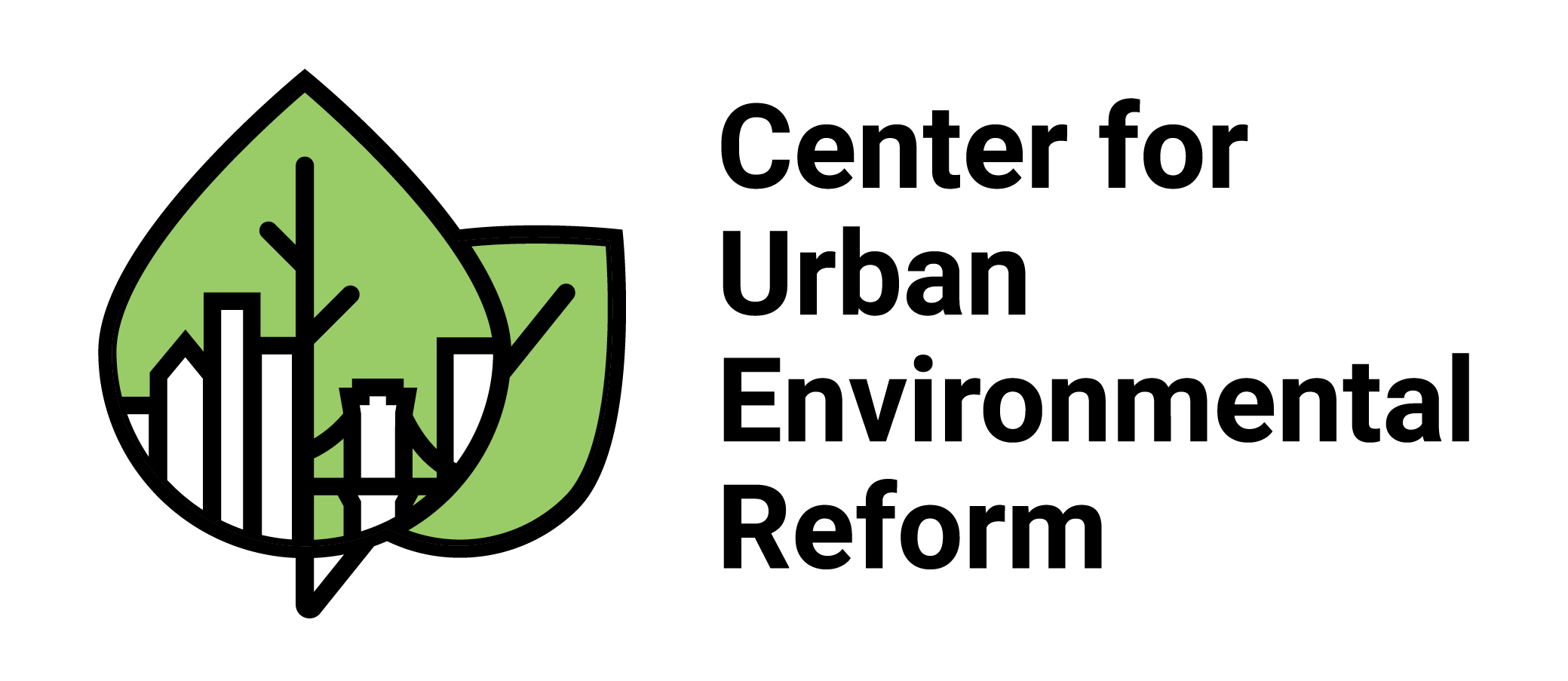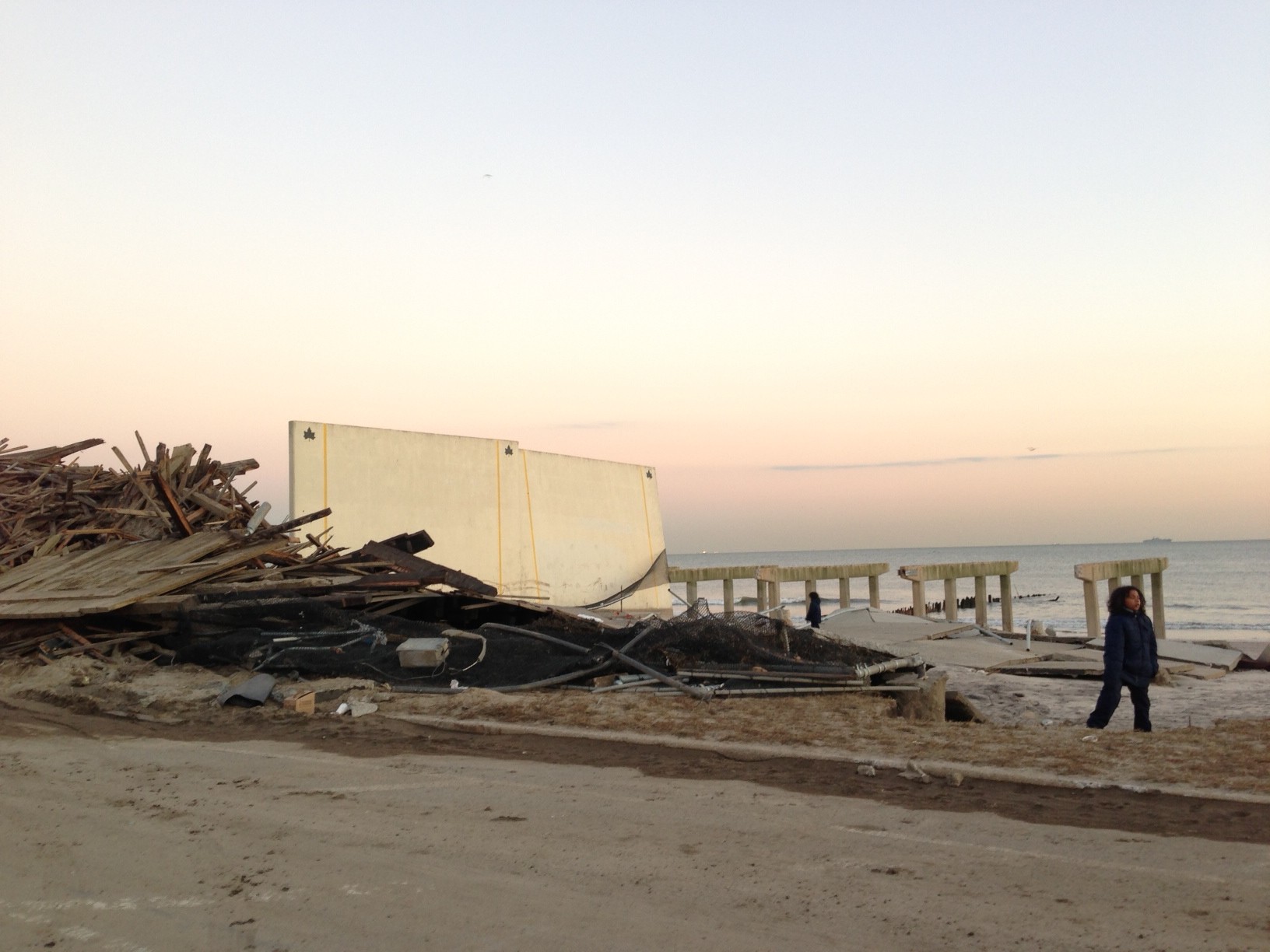The Inequality of Disaster Relief
At 10 a.m. on Friday, a few friends and I headed to Occupy Sandy Clinton Hill’s hub to volunteer with relief efforts from Hurricane Sandy. The Church of St. Luke and St. Matthew bustled with volunteers unloading trucks, sorting goods, or waiting for dispatch to either Coney Island or the Rockaways. Pews served as shelves storing food and supplies. In the second floor choir area, tech people fielded phone calls and entered information on spreadsheets. Downstairs in the kitchen, volunteers cooked pasta, soup, and other hot foods. We, along with about twenty other volunteers, headed to the altar for a general orientation on Occupy Sandy operations, and stayed for a more specific orientation for those volunteers interested in going out into the field.
After checking in with the driver dispatch people, we were on our way to the Rockaways. We drove through the Broad Channel beach town before driving over the last leg of the Cross Bay Bridge. “Why are all these cars parked by the median” I asked, which no one had an answer. Then I saw one car on top of another car, and a few feet further down, there was a boat on the side of the road. Then it dawned on me, the cars and the boat had floated there during the hurricane.
When we arrived at the beach, it looked like a war torn village. Piles of debris lay like islands. Dirt roads replaced paved streets. Metal gates covered storefronts – without electricity they could not open for business. After getting out the car, we covered our mouth and noise to keep from inhaling kicked up dirt from passing trucks. What remained of the boardwalk were concrete support columns jutted aground like dominoes arranged to be knocked over.
The Occupy Sandy distribution center operated out of St. Camillus Church’s gymnasium on Beach 99th Street. Water, hot and cold food, clothes, cleaning supplies, toiletries/hygiene, and baby products were stacked on top of tables. Residents of the community lined up outside the entrance. Volunteers helped one person/family to find what they needed, while the rest waited outside for an available volunteer. I helped three families find goods, and then sorted and organized a shipment of donated goods. It was a lot of exhausting work. My favorite moment of the day was seeing an 8 year old boy’s eyes light up when I found him a Darth Vader blanket! My worst moment was having a resident curse at me and the whole operation because we were rationing diapers and could not give him a second pack. I understood his distress but I could not do anything for him.
The Rockaways was ravaged by Hurricane Sandy. If not for the distribution center and generous donations, the low-income hurricane survivors confront a difficult time getting food. The A train towards the Rockaways remain out of service, and without vehicles, the residents face a major inconvenience of getting to the shuttle buses by Beach 25th Street and are then met with extremely crowded shuttle buses.
The National Guard was present in the Rockaways cleaning up the debris, and I saw a few Allstate National Catastrophe Team vehicles assessing insured homes. Notably, what I did not see was any sign of FEMA or the American Red Cross.
The low-income Rockaway residents are disproportionately affected by Hurricane Sandy. The Financial District was submersed in water and suffered without electricity, yet it was up and running within a week. The social and environmental justice implications are obvious. Restoring the high-income Financial District was the city government’s primary goal, while low-income neighborhoods like the Rockaways and Coney Island suffer without food, water, and heat. As the government plans for disaster restoration and preventative infrastructure, immediately I wonder how the allocation of resources will be invested, and whether the low-income communities will continue to get the short end of the stick.
Occupy Sandy is a people powered movement for the people. Volunteers have filled the gaps where the government and huge non-profit organizations cannot. Occupy Sandy volunteers do not impose their beliefs on what the community thinks they need, and instead they ask the community what they need, and tries their best to meet those needs. I sincerely applaud their whole operation and mission, and look forward to continue volunteering with them on my free time.



